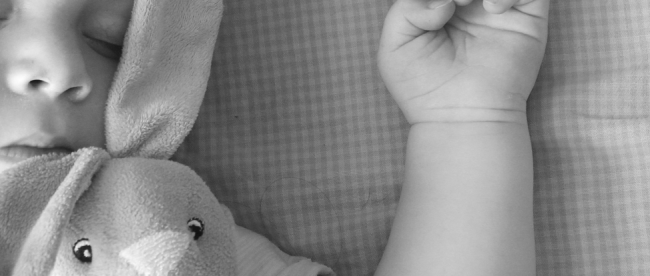How to Create an Autism-Friendly Bedroom So Your Child Can Finally Rest
Your child is unique and special, as is any child, with a personality to match. Being a parent is one of the most rewarding experiences, but as a parent to a child with autism, you know the challenges that come along with it. You happily accept them, but there are some struggles you do have some control over, one of which is sleep.
Autistic children tend to have a difficult time falling and staying asleep, but you can create a bedroom that is relaxing and soothes any sensory issues your child may have that cause restlessness.
Make It Visually Appealing
While every child is different, many autistic children have a visual sensitivity to things such as light, color, and clutter, leading to over-stimulation and arousal – the opposite of what you want at bedtime. Create a sensory-friendly bedroom by choosing wall colors that are soothing, and blocking out light from doorways, windows, and alarm clocks. Curtains are a great way to make the room dark and peaceful, and can even be used as décor. For example, if your child shares a room with a sibling, curtains can be hung to separate the space and create a quiet corner for your child to retreat to where distracting light is hidden from view. To avoid trips and falls from nighttime bathroom trips and wakeups, place night-lights in the hall and bathroom.
Reconsider the Traditional Comforter
Some autistic children sleep just fine in a regular bed, but if you find that the bed is becoming a nightly fight, then you might consider making it cozier with deep pressure touch. According to research, “A profound kind of touch, referred to as deep pressure touch, is perceived as relaxing and has been proven to have a calming effect on children with psychiatric disorders, such as ASD.” The touch induces feelings of calm, relaxation, and sleepiness, which is perfect for bedtime. This type of pressure can be accomplished using a weighted blanket or sleeping bag. When shopping around for blankets, take into consideration the fabric and breathability, as itchy, rough, or hot fabrics could be a trigger as opposed to a relaxer.
Turn Down the Volume
Like light, noise can also cause over-stimulation in children with autism. Noises such as the air conditioning turning on and off, dogs barking, or cars going by might not faze you in the slightest, but they could be keeping your child awake. A sound machine that plays white noise or soothing sounds/music can drown out unsettling noises. There are also relaxation apps you and your child can use together to relax quietly, such as guided meditation and yoga. These apps are best used at least an hour before bedtime, as the blue light can cause an imbalance in the sleep-wake cycle. Be mindful that activities occurring within the home could be an issue as well. Try to sync up your bedtime activities with that of your child, or wait until your child is sleeping soundly. The key is to cut out any unnecessary noise.
Create a Relaxing Environment
There are several seemingly small changes you can make to your child’s bedroom. For those nights when your child wakes up and is too worked up to fall back asleep, keep a fidget item nearby, such as a squeezable toy. Comfort items can help too, such as stuffed animals or a favorite textured blanket. Scent can be a self-soother as well via lotions or scent diffusers. Don’t forget to ask for your child’s input, as they know more than anyone else what they like and don’t like, and you can make changes if needed.
Adequate sleep is important for all children, but it might take some adjustments to ensure your child gets enough. Make changes to the bed itself by adding a weighted blanket. Be sure to alter the environment by making it visually soothing, keeping noise to a minimum, and implementing relaxation techniques such as aromatherapy or sensory toys. Take cues from your child, make changes when needed, and sleep tight.
This post was written by Jenny Wise from specialhomeeducator.com


Leave a comment